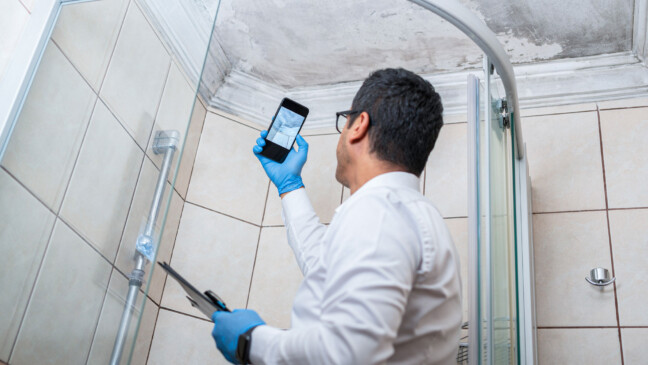
17.08.23
Pad sponges & hand pads: which product for which application?
Pad sponges and pads are ideal for thorough and time-saving removal of very stubborn dirt. In this article you will find three golden hygiene rules for the use of pad sponges & pads, an overview of the areas of application and a free method guide.
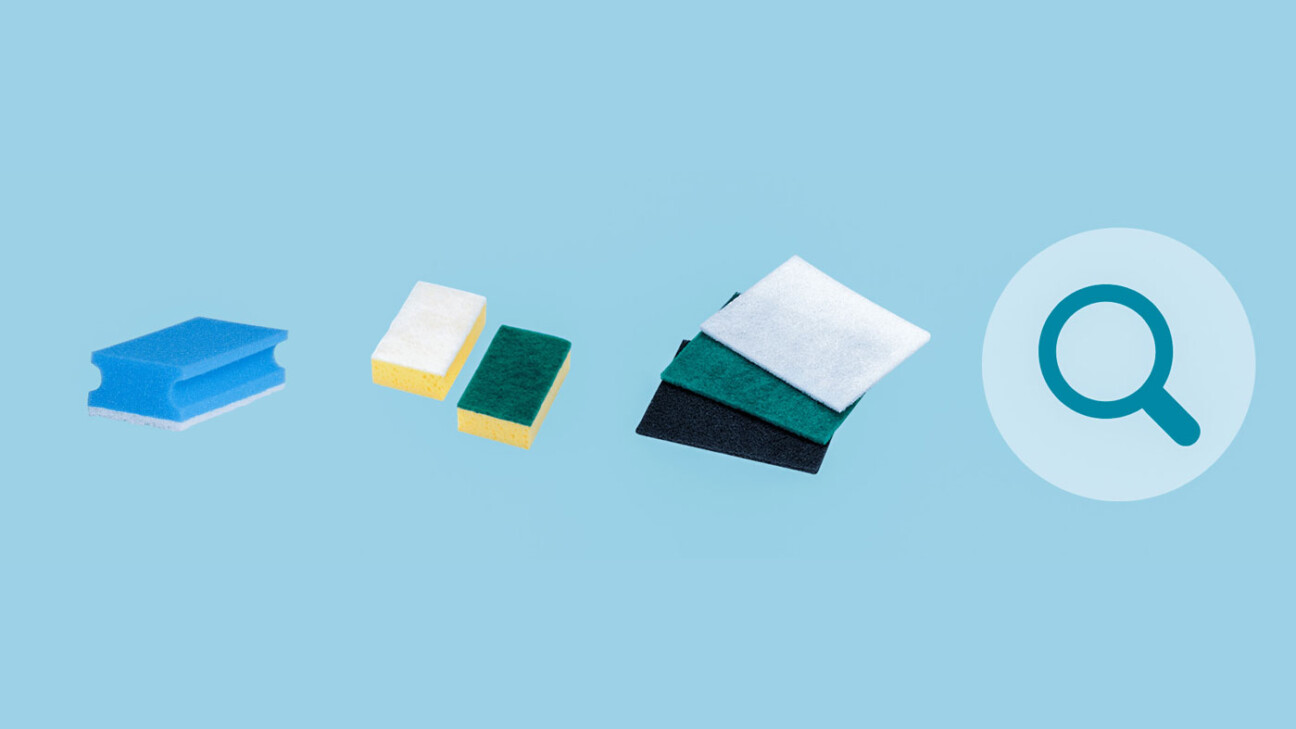
Compared to microfiber cloths, pad sponges offer numerous advantages: They are more absorbent, and thus ideal for cleaning situations where a lot of water or cleaning solution is needed. In addition, pad sponges & pads remove stubborn dirt (e.g. greasy encrustations or heavy lime deposits) in less time and more thoroughly than microfiber cloths.
Should you now replace microfiber cloths with pad sponges & pads? No! Both have different applications. Pad sponge, pad and microfiber cloth do not compete with each other, but complement each other.
However, you should follow three hygiene rules when using pad sponges and pads:
| 3 golden hygiene rules: |
| – Rinse pad sponges and pads thoroughly after each use. |
| – Allow pad sponges and pads to dry completely afterwards. |
| – Replace pad sponges and pads regularly. |
Pad sponges & hand pads: types and application
In addition to the pad sponge, there is the related hand pad. The areas of application are partly overlapping. Here we present the most useful products for practical use, including their areas of application:
Pad sponge
The pad sponge is the classic sponge with fleece pad – but in professional quality. Compared to the household sponge, the Wetrok pad sponge is made of higher quality material (polyester-polyamide fleece pad and premium PUR foam), has a grip bar, is more absorbent, more robust, more durable and more resistant to chemicals.
The pad sponge is ideal for efficiently removing sticky soils for which a microfiber cloth is too weak. It trumps the microfiber cloth in this application situation due to its higher abrasiveness (fleece pad surface) and greater water absorption. The pad sponge is versatile and provides thorough dirt removal on smooth surfaces (not suitable for high gloss, paint and acrylic glass).
The Wetrok pad sponge is available in the colors blue (surfaces), yellow (sanitary) and red (WC/urinals) – so you apply the color system optimally to the pad sponges as well. By the way, the pad sponge is produced by a supplier that uses 100% certified green electricity for production. In addition, the foams are sustainably produced and processed.
Ideal areas of use:
- tables/desks with dried stains (e.g. drink or food stains) –> blue
- washbasins with adherent residues (e.g. heavy soap residues in the sink) –> yellow
- toilet seats with dried stains (e.g. residues of feces) –> red
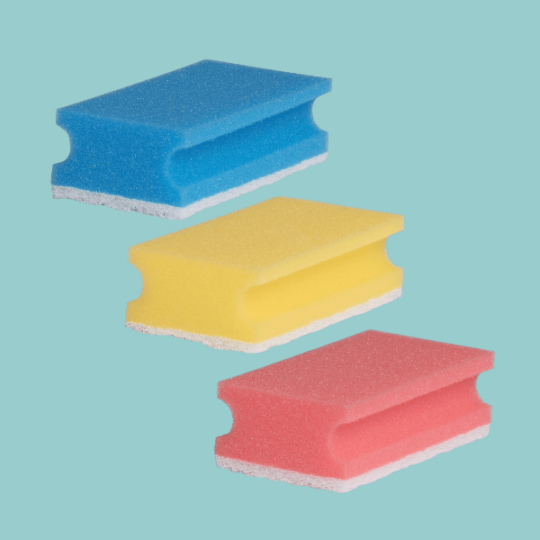
Combination sponge
The Combi Sponge is an absorbent all-rounder sponge with fleece pad made of high-quality material (polyester-polyamide fleece pad and PUR foam). Compared to the pad sponge, the combination sponge is longer, wider and thicker. It is therefore ideally suited for the treatment of larger dirt surfaces.
The combination sponge is ideal for efficient removal of adherent dirt for which a microfiber cloth is too weak. It trumps the microfiber cloth in this application situation due to its higher abrasiveness (fleece pad surface) and greater water absorption. It is versatile and ensures thorough, yet gentle dirt removal on smooth surfaces (not suitable for high-gloss, paint and acrylic glass).
The Wetrok Combi Sponge is available with white fleece pad surface (low abrasiveness) and green fleece pad surface (medium abrasiveness). Important: Use the green combination sponge only on surfaces that are not sensitive to scratches. By the way, the combination sponge is produced by a supplier that uses 100% certified green electricity for production. In addition, the foams are sustainably produced and processed.
Ideal areas of use:
- venetian blinds (e.g. weathering residues) –> white
- unglazed tiles in the bathroom (e.g. adhesive splashes) –> white
- chrome steel surfaces in the kitchen (e.g. burnt-in liquids) –> white/green
- chrome steel kitchen utensils (e.g. food residues on the bottom of the pan) –> white/green
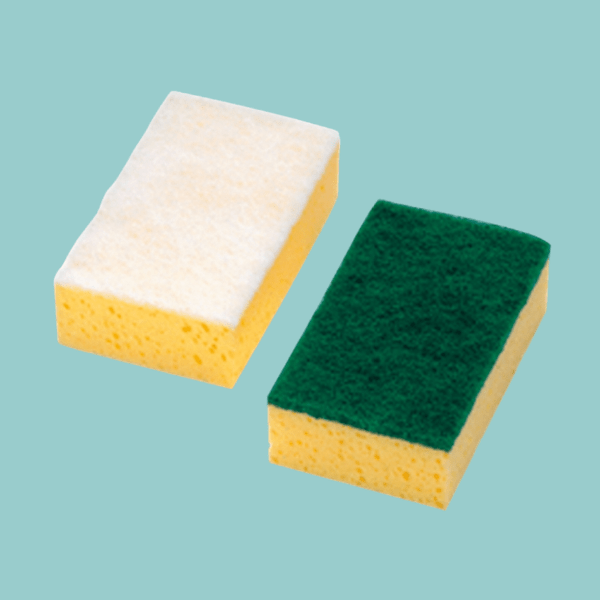
Mini-Pads
The Mini-Pad is a robust and hygienic pad sponge alternative made of high-quality materials. Compared to a sponge, it is thinner, more flexible and adapts better to the shape to be cleaned (corners, edges). The Mini-Pad is less absorbent than a pad sponge, making it easier, faster and more thorough to rinse after cleaning. Another advantage of the thin Mini-Pad: fold the Mini-Pad in half, and use four clean surfaces. Or cut the pad into four parts with scissors, and use eight clean part surfaces.
The Mini-Pad is ideal for efficient removal of sticky soils for which a microfiber cloth is too weak or gums up too quickly (e.g. dried toothpaste or soap residue). It is versatile and provides thorough dirt removal on smooth surfaces (not suitable for high gloss, lacquer and acrylic glass).
The Mini Pad is available in white (low abrasiveness), green (medium abrasiveness) and black (high abrasiveness). Important: To avoid damage, use the green and black Mini-Pad exclusively for basic cleaning of surfaces that are not sensitive to scratches. Special care should be taken with the black Mini-Pad: It is only suitable for surfaces that are absolutely insensitive to scratches.
Ideal areas of use:
- washbasin, washstand –> white
- unglazed tiles in the bathroom (e.g. for encrusted splashes) –> white
- glass ceramic stove (e.g. burnt-on dirt) –> white
- steel plate stove in large kitchens (e.g. burnt-in dirt) –> white/green
- kitchen utensils made of chrome steel (e.g. spear stains on the bottom of the pan) –> white/green
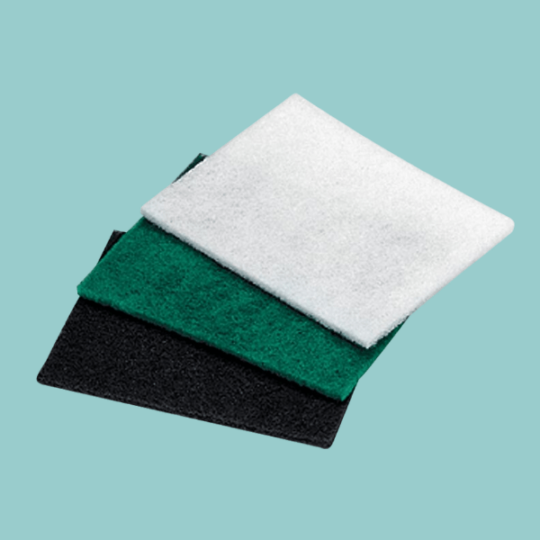
Melamine hand pad (special pad)
The melamine hand pad is a highly efficient dirt eraser made of open-pored melamine foam, universally applicable, and very abrasive. The big advantage compared to other pads: the melamine pad only requires moistening with water (no detergent needed). It is important that it is only damp (and not wet!). However, in case of very heavy soiling or for even faster cleaning, we recommend the use of cleaning agents.
The melamine hand pad is ideal for efficient removal of stubborn dirt, for which a microfiber cloth is too weak. It is versatile and provides thorough dirt removal on smooth, hard surfaces (not suitable for glossy and matte plastic surfaces and painted surfaces).
Ideal areas of use:
- marks from pens and shoe soles
- difficult to remove grip marks on chrome steel (e.g. elevator)
- moss residues on outdoor furniture
- white sneakers (tip for private use)
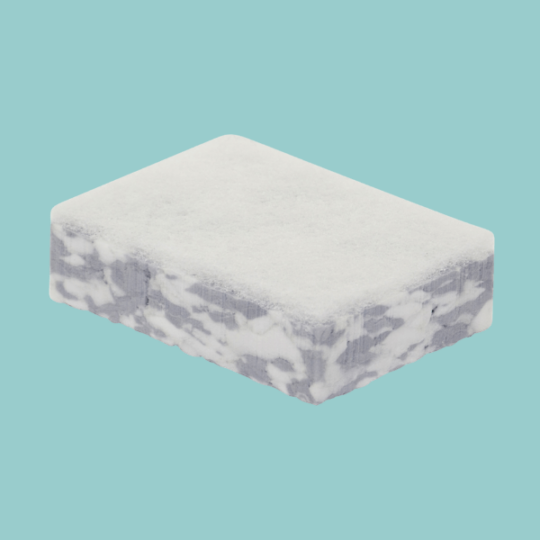
Microsol fiber pad glove (special pad)
The soft Microsol fiber pad glove made of polyester is the gentle alternative for very scratch-sensitive smooth and structured surfaces. Due to the angular shape of the glove, you can even reach sticky dirt in the farthest corner.
The rule of thumb: use the Microsol fiber pad glove as a precautionary solution. That is, anywhere you are concerned that other pads may cause scratches. If you are unsure, start with the Microsol Fiber Pad Glove and only choose a more abrasive pad if the dirt cannot be removed with the glove.
The Microsol Fiber Pad Glove is ideal for efficient yet gentle removal of adhesive soils on sensitive surfaces (low abrasiveness).
Ideal areas of use:
- faucets
- shower cabins
- silicone joints
- sensitive tiles (e.g. glazed tiles)
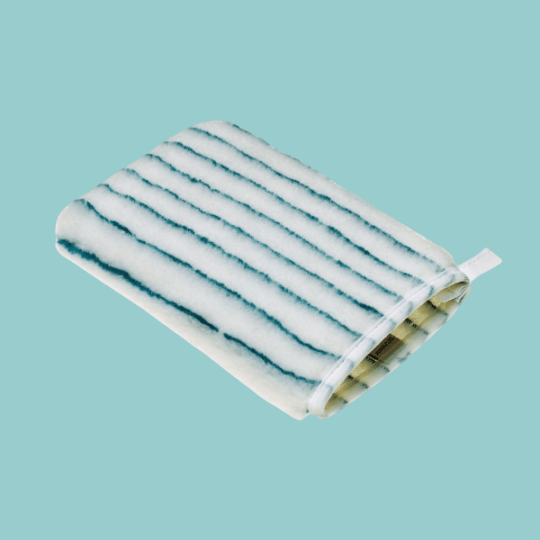
Download cleaning method
Would you like to learn about the process of wet scrubbing manually with a sponge or pad, and what you should pay attention to when using this cleaning method? Download the method description now: wet scrubbing manual with pad or pad sponge.

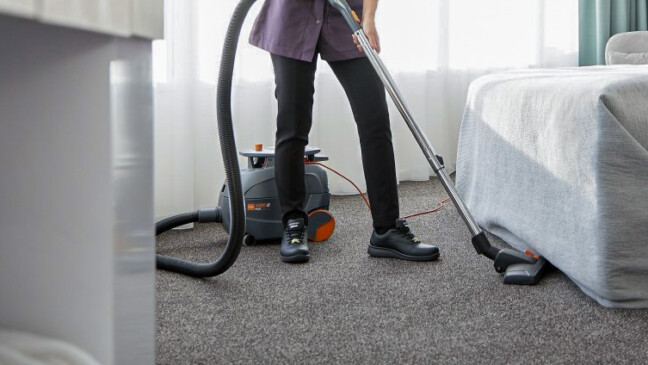
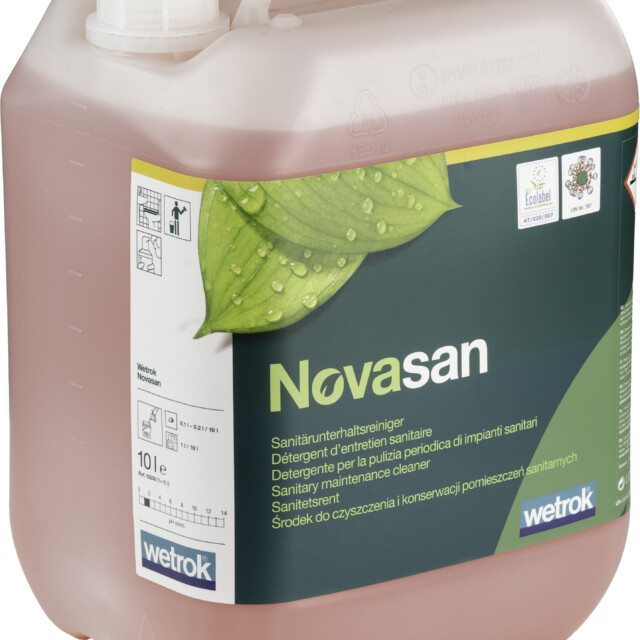
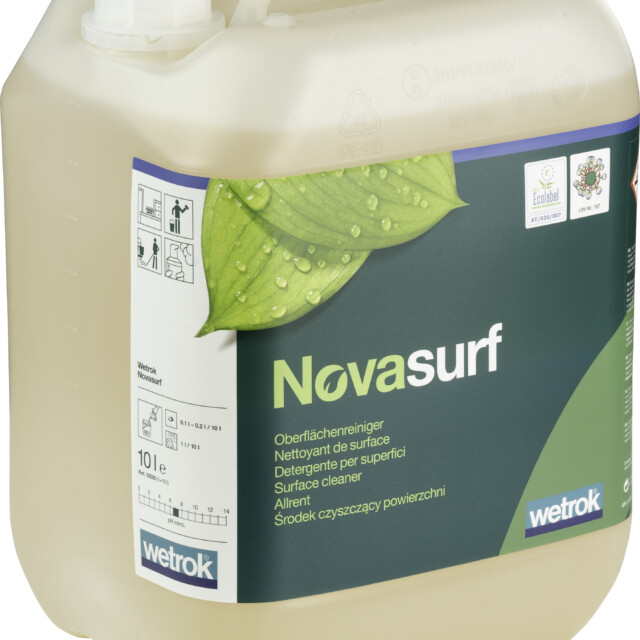
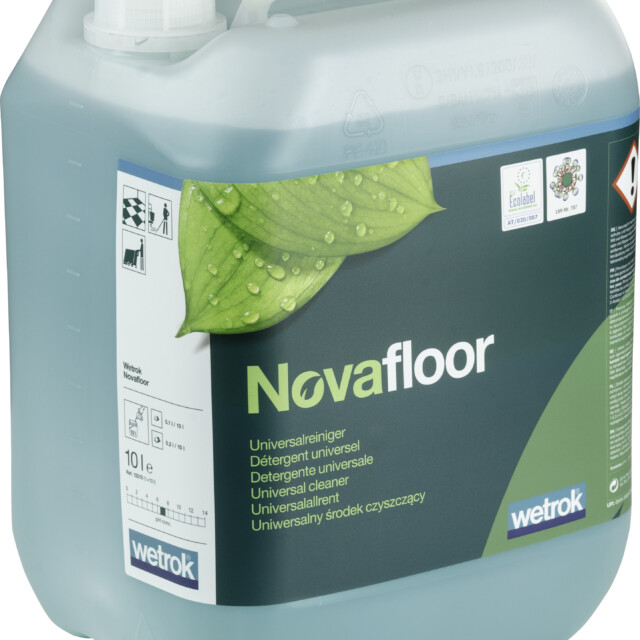
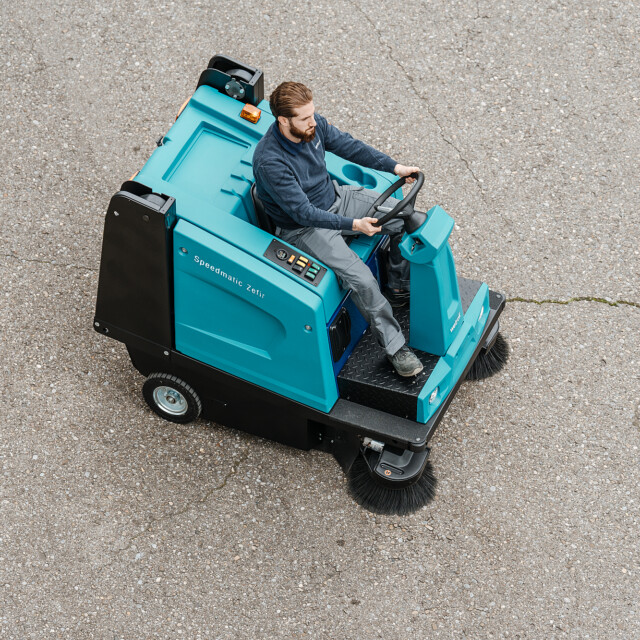
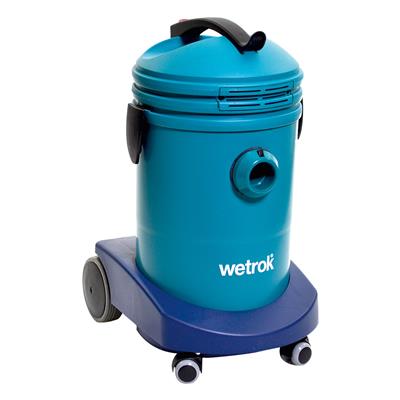
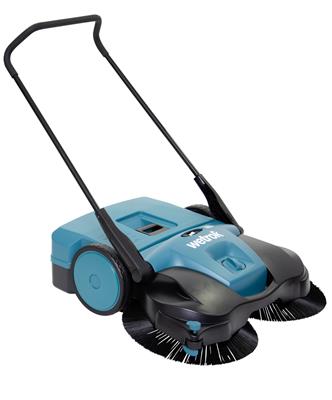
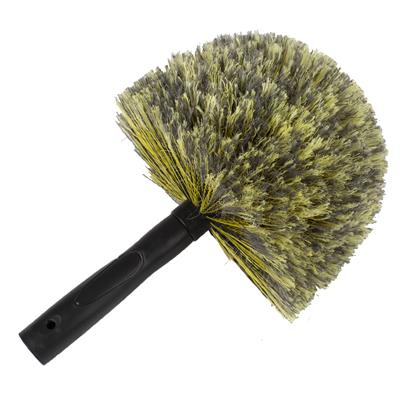
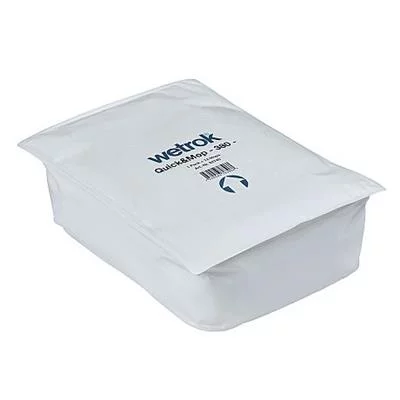
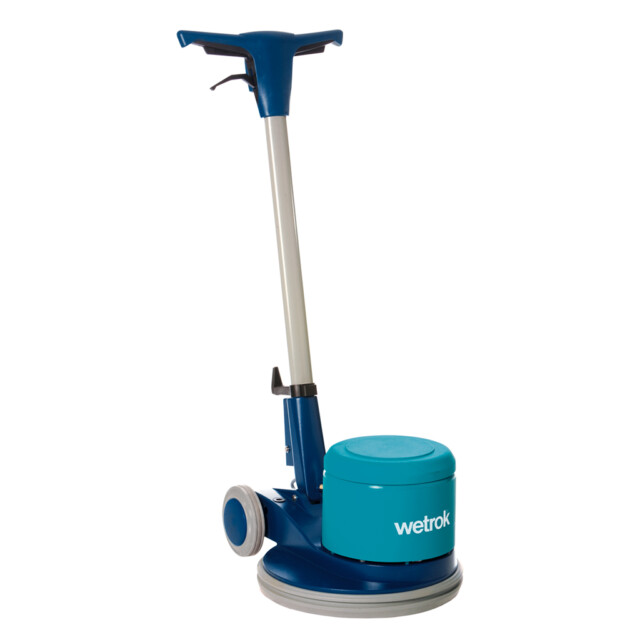
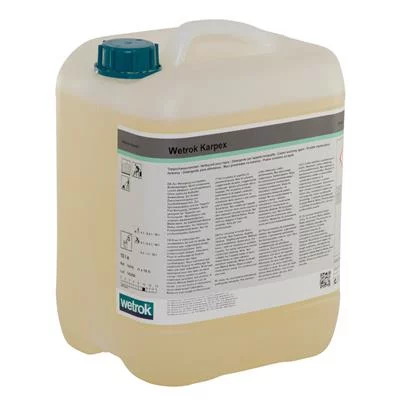
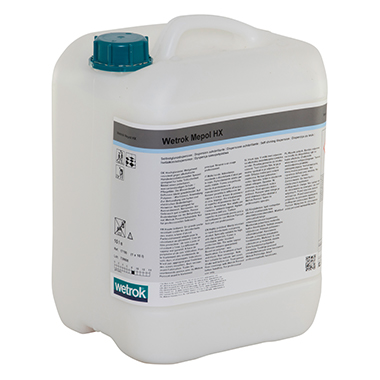
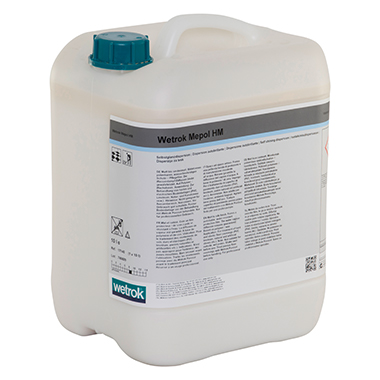
Tell us what you think
Be the first to comment this post.
You must be logged in to leave a comment.